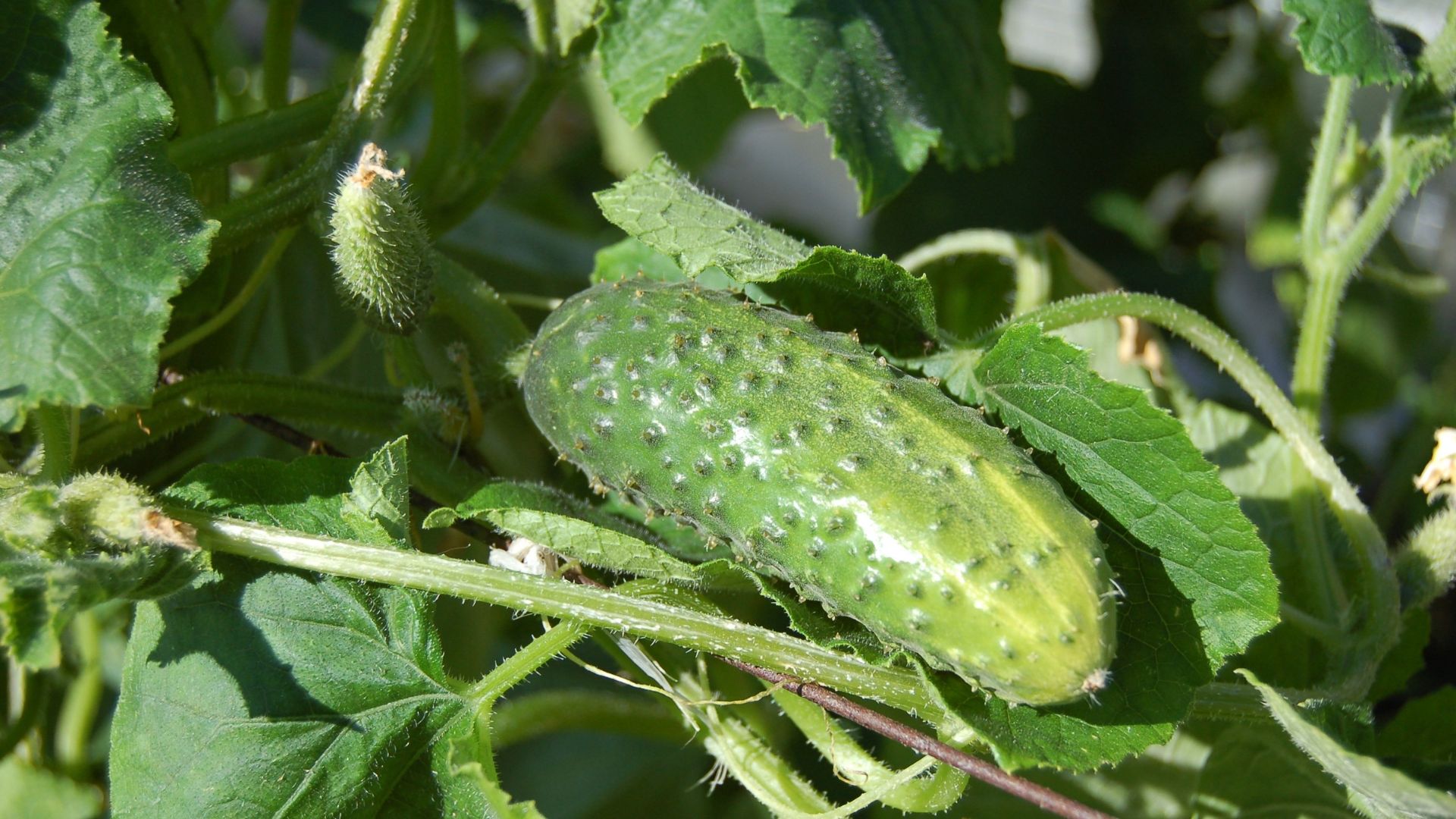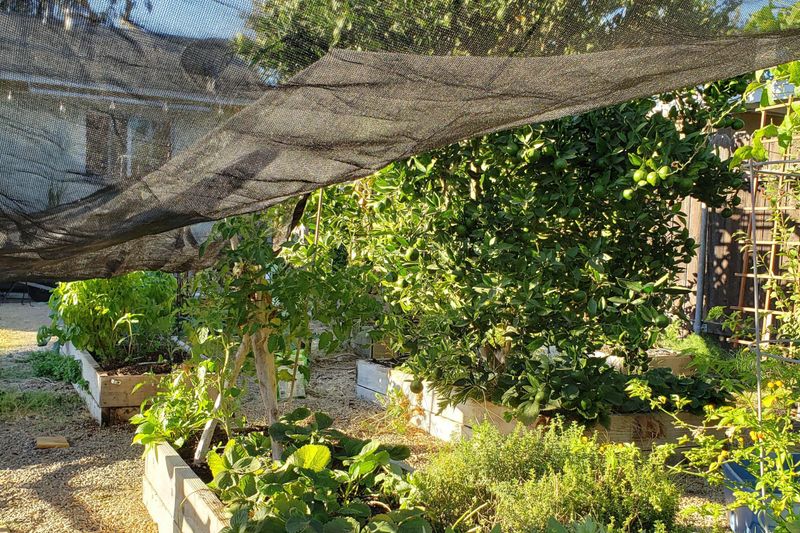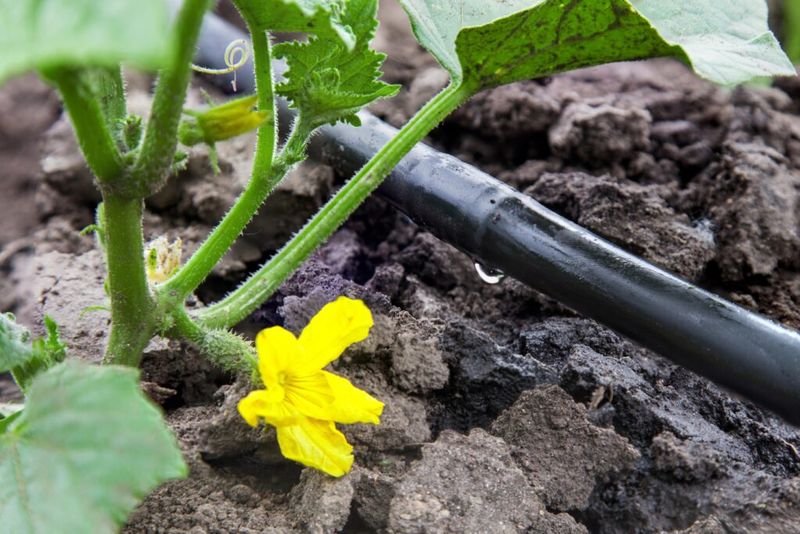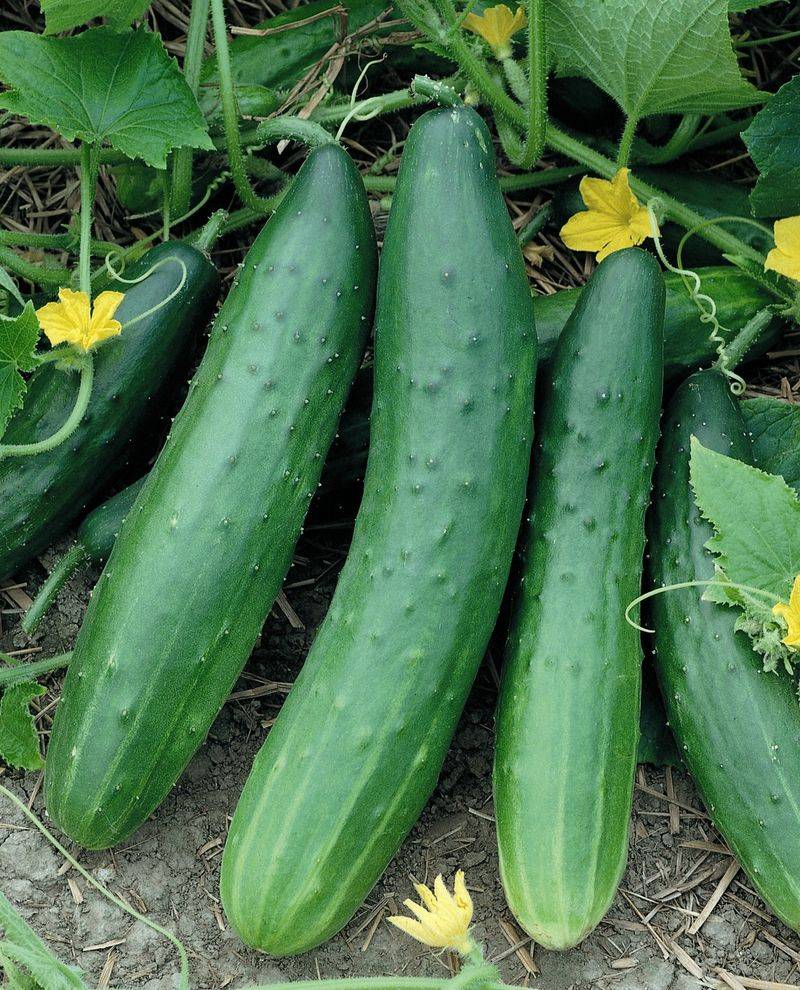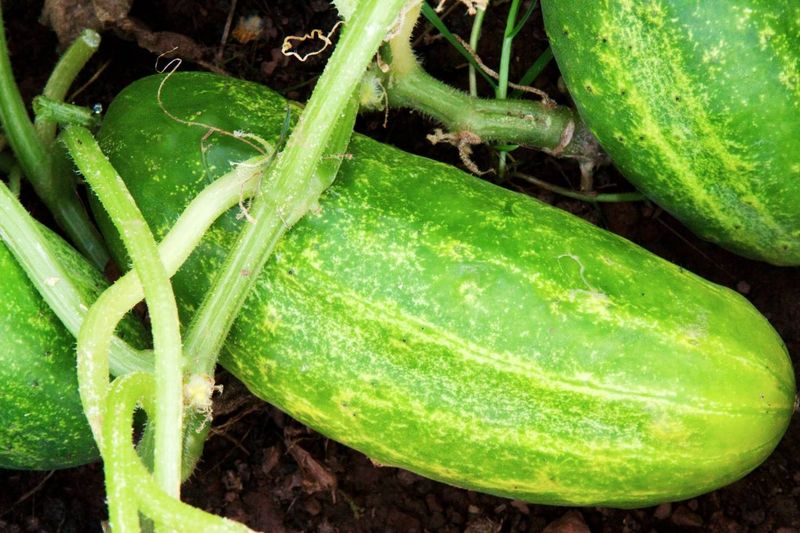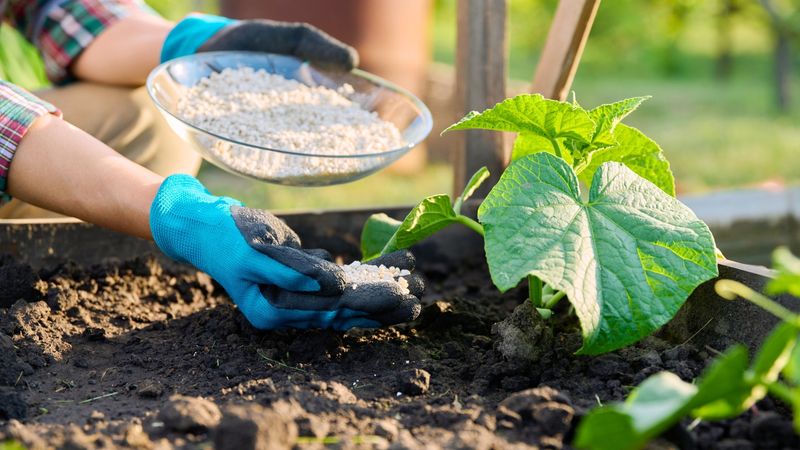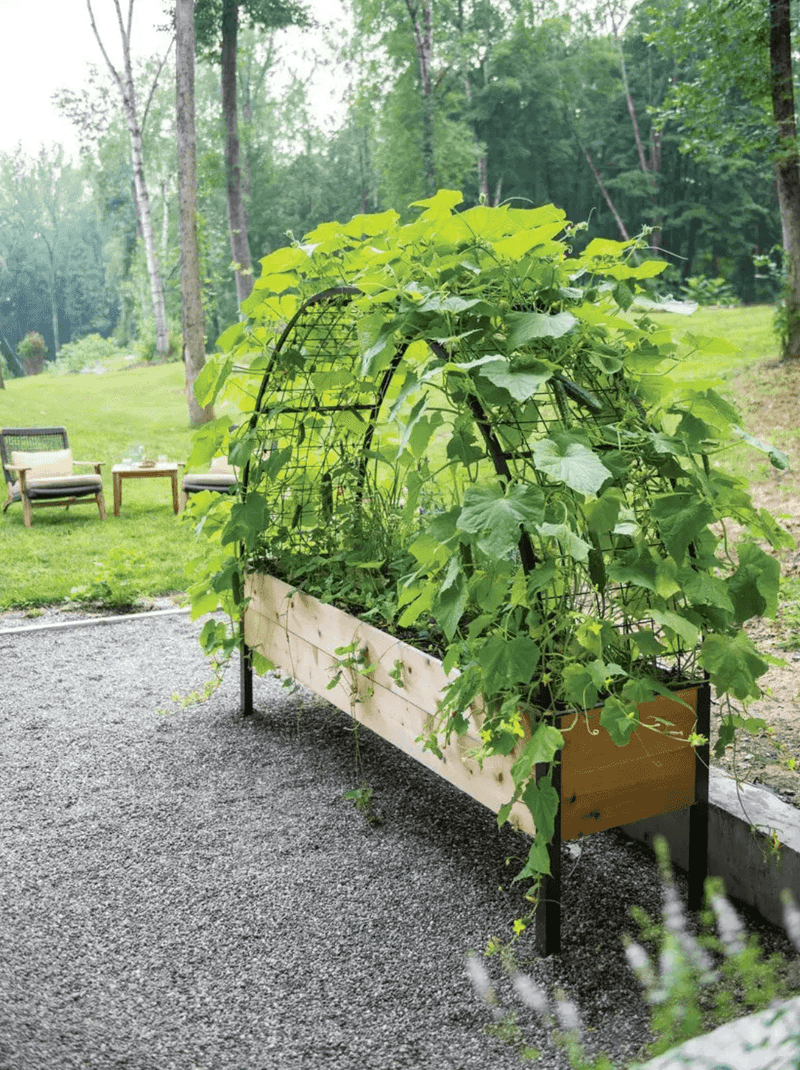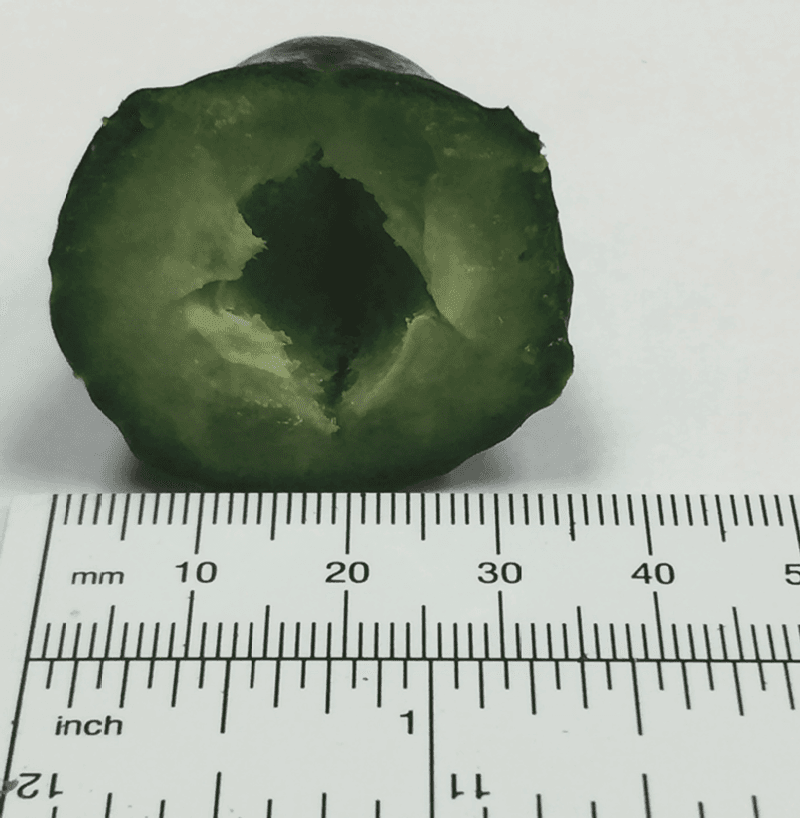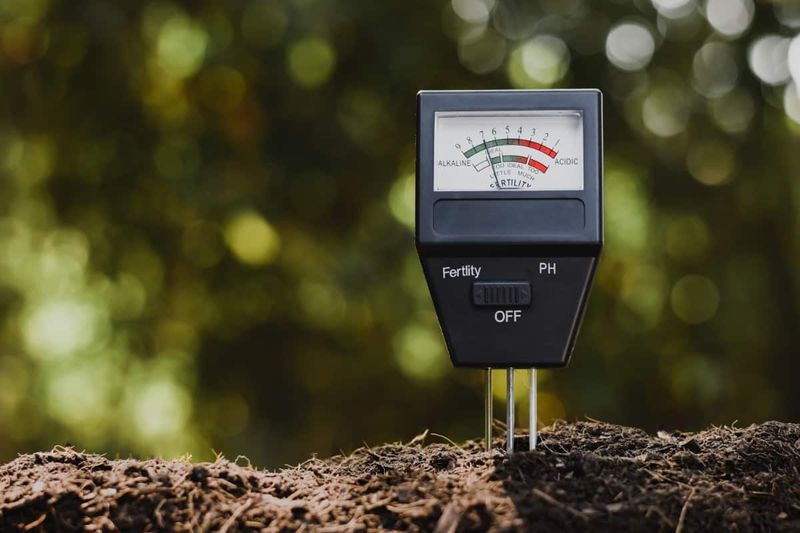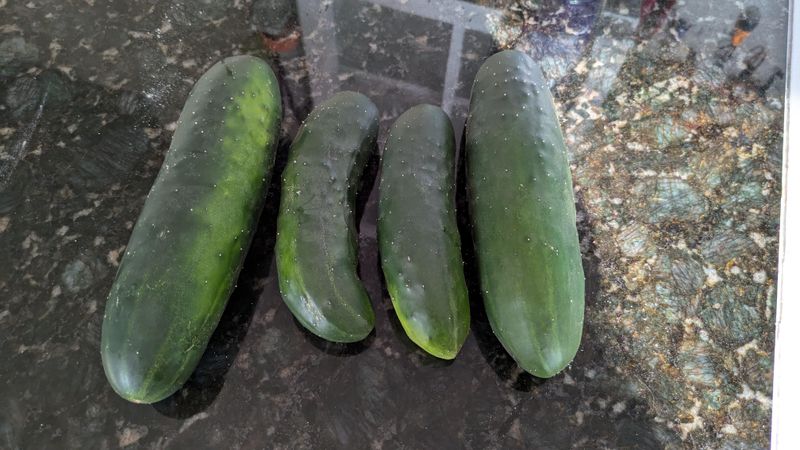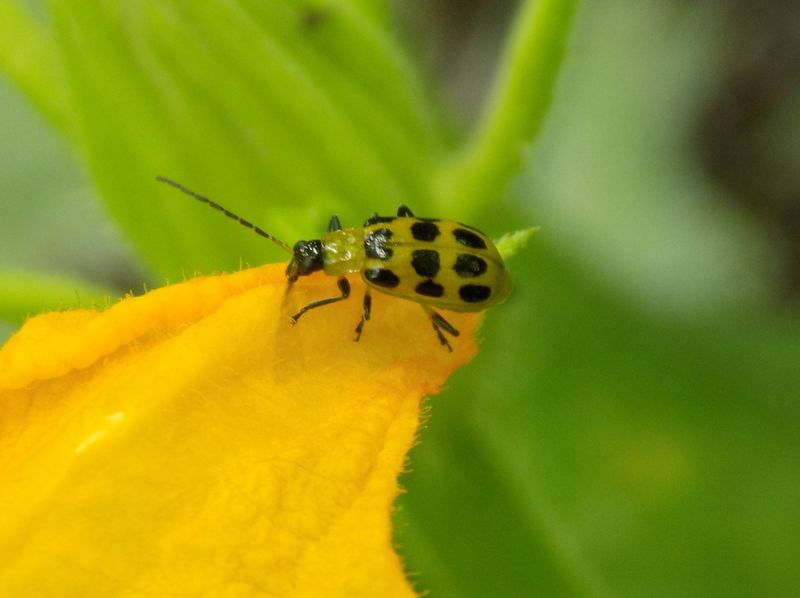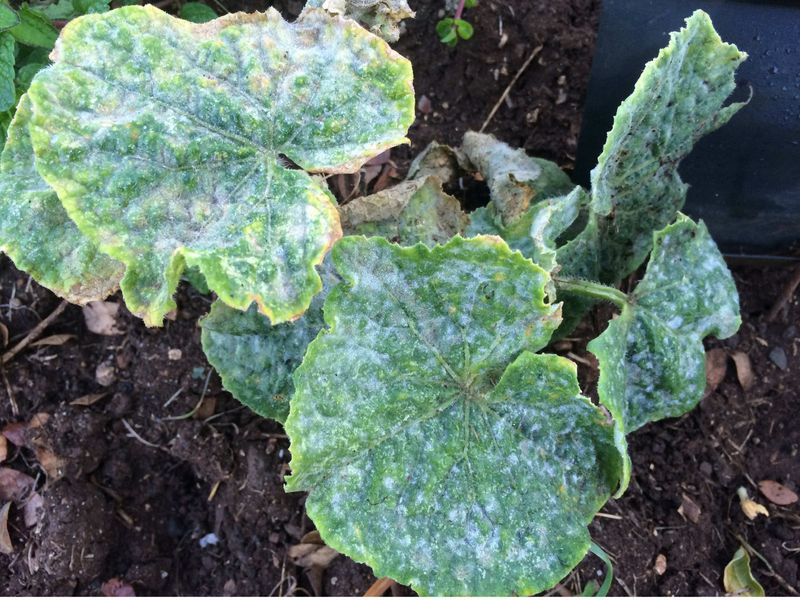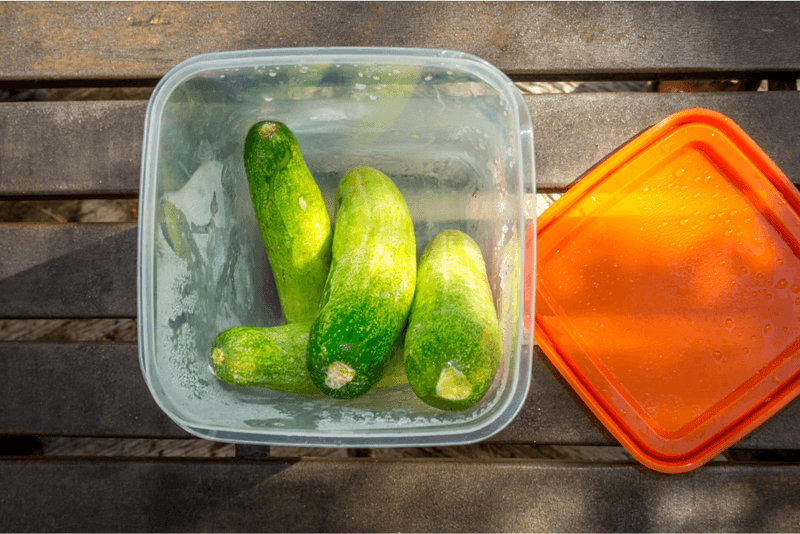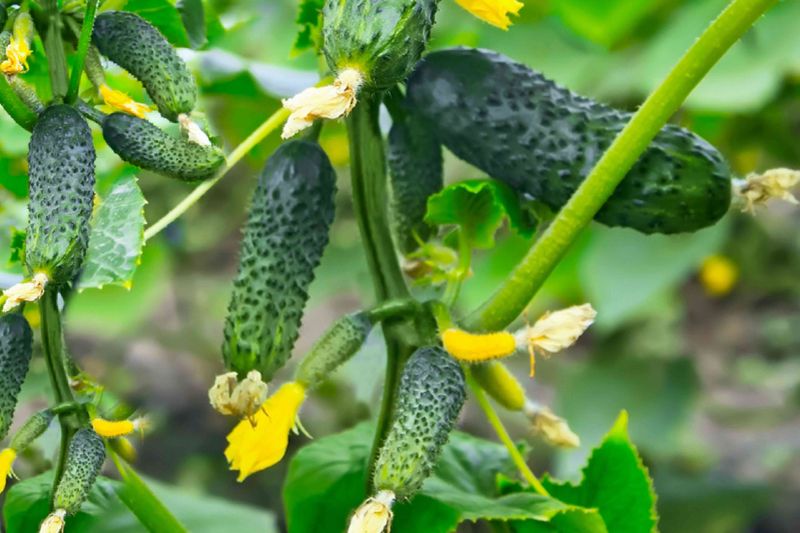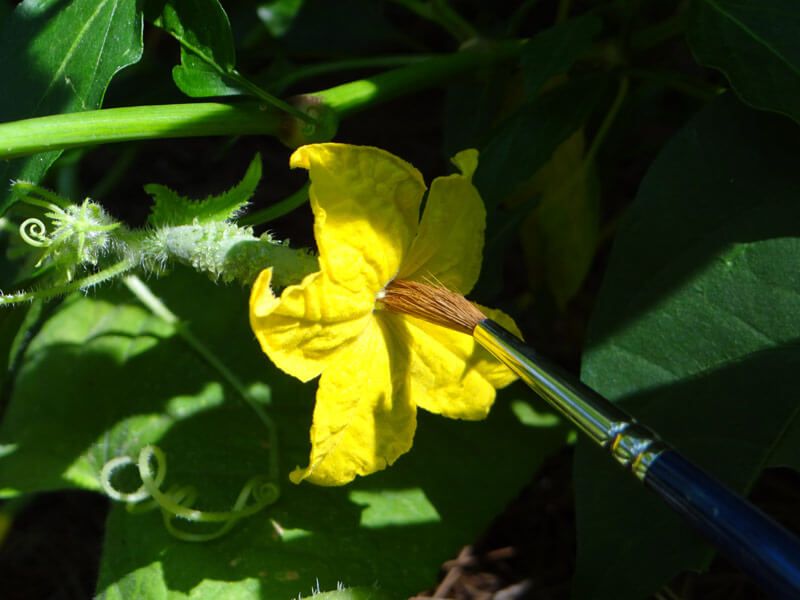Biting into a bitter cucumber is such a letdown—especially when you’ve been waiting all season for that perfect, crisp crunch. I’ve definitely had my fair share of surprise bitterness, and it’s always a little heartbreaking.
Turns out, it’s a super common problem for home gardeners, and the reasons behind it might surprise you. The good news? Most of them are easy to fix with just a few tweaks to how you grow or harvest. If you’ve ever been caught off guard by a bitter cuke, you’re not alone.
Here’s what I’ve learned about why it happens—and how to keep your cucumbers sweet and snack-worthy.
1. Heat Stress Strikes
Cucumbers develop a bitter taste when exposed to high temperatures for extended periods. The plant produces compounds called cucurbitacins as a defense mechanism when stressed by heat, especially during temperatures above 85°F.
Last summer, my cucumber patch suffered during a week-long heatwave, leaving nearly every cucumber with that telltale bitterness. Providing afternoon shade using row covers or shade cloth can make a world of difference in hot climates.
Water your plants deeply in the early morning to help them cope with afternoon heat. Consider planting heat-tolerant varieties like ‘Arkansas Little Leaf’ or ‘Ashley’ if you live in particularly warm regions.
2. Inconsistent Watering
Irregular watering creates stress for cucumber plants, triggering those bitter-causing compounds. When plants go from dry to flooded, they respond by producing more cucurbitacins, especially in the skin and ends of the fruit.
I’ve noticed my container cucumbers turn bitter much faster than in-ground plants because the soil dries out quicker. Aim for consistent moisture by watering deeply when the top inch of soil feels dry to the touch.
Mulching around your cucumber plants with straw or wood chips helps maintain even soil moisture. A soaker hose or drip irrigation system delivers water directly to the roots without wetting the foliage, further reducing plant stress.
3. Genetic Predisposition
Some cucumber varieties naturally contain higher levels of cucurbitacins, making them more prone to bitterness regardless of growing conditions. Older open-pollinated varieties often have stronger, more bitter potential than modern hybrids bred specifically for sweetness.
My first garden featured an heirloom variety that produced beautiful but consistently bitter fruits, despite perfect care. For naturally sweeter cucumbers, choose varieties labeled ‘burpless’ or ‘sweet’ like ‘Marketmore 76’, ‘Sweet Success’, or ‘Tasty Green’.
Seed catalogs usually mention bitterness resistance in their descriptions. Next season, try growing several different varieties side by side to find the ones that perform best in your specific garden conditions.
4. Harvesting Too Late
Cucumbers left on the vine too long develop more bitter compounds as they mature and begin producing seeds. The plant’s energy shifts from creating sweet, tender flesh to developing viable seeds, resulting in that unpleasant taste.
Once I forgot about a cucumber hidden beneath the foliage for two weeks – it grew enormous but tasted terribly bitter! Check your plants every 1-2 days during peak season and harvest when fruits reach the appropriate size for their variety.
Most slicing cucumbers should be picked at 6-8 inches long, while pickling varieties are best at 2-4 inches. The skin should be firm and bright green, not yellowish, which indicates overripeness and increased bitterness.
5. Nutrient Imbalances
Excessive nitrogen fertilizer pushes cucumber plants to grow lush foliage at the expense of fruit quality. This imbalance stresses the plant and often results in bitter-tasting cucumbers with poor texture and flavor.
I once over-fertilized my cucumber bed with chicken manure, and while the plants grew enormous, the fruits were disappointingly bitter. Use a balanced fertilizer with equal or lower nitrogen compared to phosphorus and potassium.
Apply a slow-release organic fertilizer at planting time, then switch to a flowering/fruiting formula (like 5-10-10) once plants begin to bloom. A soil test can help identify specific nutrient needs in your garden to prevent imbalances.
6. Poor Growing Location
Cucumbers planted in shady spots or areas with poor air circulation struggle to photosynthesize properly. This stress leads to bitter fruit development as plants can’t produce enough sugars to balance the natural bitter compounds.
My north-side garden bed consistently produced more bitter cucumbers than the south-facing one, despite identical care. Choose a growing location that receives at least 6-8 hours of direct sunlight daily for the sweetest cucumbers.
Space plants properly (about 18-24 inches apart) to ensure good airflow between them. Consider vertical trellising, which not only saves space but also improves air circulation and light exposure, reducing the likelihood of bitter fruit development.
7. Hollow Heart Development
Hollow heart is a condition where the center of the cucumber becomes empty and watery, often accompanied by increased bitterness. This typically happens due to poor pollination or rapid growth fluctuations during fruit development.
After a rainy week followed by intense heat, nearly half my cucumbers developed hollow centers with that distinct bitter taste. Hand-pollination using a small paintbrush can help ensure proper fruit development during periods when bees are less active.
Maintaining consistent soil moisture and temperature helps prevent growth fluctuations that lead to hollow heart. Adding calcium to your soil through crushed eggshells or lime can also strengthen cell walls and reduce this condition’s occurrence.
8. Soil PH Problems
Cucumbers prefer slightly acidic to neutral soil with a pH between 6.0 and 7.0. When grown in soil that’s too acidic or too alkaline, plants become stressed and produce more bitter compounds as they struggle to access nutrients properly.
My garden’s naturally acidic soil (pH 5.2) produced consistently bitter cucumbers until I amended it with garden lime. Test your soil pH before planting and adjust accordingly – lime raises pH for acidic soil, while sulfur lowers pH for alkaline conditions.
Adding well-aged compost not only improves soil structure but also helps buffer pH levels naturally. Retest your soil every couple of years, as pH can change over time with regular gardening practices and rainfall.
9. Bitter Cucumber Ends
The stem end of cucumbers often contains the highest concentration of bitter compounds, even in otherwise sweet fruits. This localized bitterness happens because cucurbitacins naturally accumulate near the stem as the fruit develops.
I’ve salvaged many cucumbers by simply cutting off the first inch from the stem end where that concentrated bitterness lurks. For especially sensitive palates, removing both ends and peeling the skin can eliminate most bitter notes.
Some gardeners swear by a technique where you cut off the stem end and rub it against the cut surface in a circular motion, which supposedly draws out bitter compounds. While scientifically questionable, many find it helps reduce perceived bitterness.
10. Pest Damage Stress
Cucumber plants under attack from pests like cucumber beetles, aphids, or spider mites produce more bitter compounds as a defense mechanism. The plant essentially tries to make itself less appetizing to save itself from further damage.
Last year, cucumber beetles invaded my garden in June, and despite controlling them quickly, the damaged plants produced noticeably more bitter fruits. Regular inspection of your plants helps catch pest problems early before they trigger widespread bitterness.
Use floating row covers in the early season to prevent pest access and introduce beneficial insects like ladybugs for natural pest control. Neem oil provides an organic option for treating many common cucumber pests without harsh chemicals.
11. Disease-Induced Stress
Fungal diseases like powdery mildew and bacterial wilt place tremendous stress on cucumber plants, often resulting in bitter fruit production. As the plant’s health declines, it diverts energy to survival rather than producing sweet, quality cucumbers.
My cucumber patch suffered from downy mildew one humid August, and even the younger fruits developed an unpleasant bitter flavor. Proper spacing between plants improves air circulation, which helps prevent many fungal issues from taking hold.
Water at the base of plants rather than overhead to keep foliage dry. Remove and destroy (don’t compost) any diseased plant material immediately. Consider disease-resistant varieties if certain problems are common in your growing region.
12. Improper Curing After Harvest
Freshly harvested cucumbers can sometimes taste slightly bitter until properly cured. The bitterness gradually diminishes as the cucumber’s natural enzymes break down some of the bitter compounds during the first 24-48 hours after picking.
I’ve noticed that cucumbers left on the kitchen counter for a day often taste milder than those eaten immediately after harvest. Store freshly picked cucumbers at room temperature for 24 hours before refrigerating to allow this natural curing process.
Don’t store cucumbers below 50°F for extended periods, as this can actually increase bitterness and cause chilling injury. The ideal storage temperature is between 50-55°F with high humidity, though most home refrigerators run colder than this.
13. Companion Planting Issues
Cucumbers grow poorly and develop more bitter fruits when planted near incompatible companions like aromatic herbs and potatoes. These plants can inhibit cucumber growth or compete too aggressively for nutrients and water.
My cucumber quality improved dramatically when I moved them away from the potato patch and closer to bean plants. Beneficial cucumber companions include corn, beans, peas, and radishes, which either fix nitrogen or deter common cucumber pests.
Avoid planting cucumbers near sage, basil, and other strong-scented herbs. Sunflowers also make poor neighbors as they’re heavy feeders that can overshadow and outcompete cucumber plants for essential resources, resulting in stressed plants with bitter fruits.
14. Ineffective Pollination
Poor pollination leads to misshapen cucumbers that often develop uneven bitterness. When flowers aren’t properly pollinated, the resulting fruits contain fewer seeds in some sections, causing irregular growth and flavor development.
During a particularly rainy spring, bees rarely visited my cucumber flowers, and the resulting fruits were oddly curved with bitter patches. Growing pollinator-friendly flowers nearby attracts more bees and other beneficial insects to your garden.
If you notice a lack of pollinators, try hand-pollinating by transferring pollen from male flowers (thin stems) to female flowers (with tiny cucumber behind the bloom) using a small paintbrush. Early morning is the best time for this, when pollen is most viable.
15. Growing Season Temperature Fluctuations
Dramatic temperature swings between day and night or from week to week stress cucumber plants significantly. These fluctuations disrupt normal growth patterns and often trigger the production of bitter-causing compounds as a stress response.
My fall cucumber crop always tastes more bitter than summer harvests due to the wider temperature variations typical of autumn. Consider using cloches, row covers, or cold frames to moderate temperature fluctuations, especially in early spring or late fall.
Planting near thermal mass like a south-facing wall or large rocks can help stabilize temperatures. In regions with significant temperature swings, choose varieties bred specifically for temperature tolerance, such as ‘Marketmore 76’ or ‘Sumter’.

